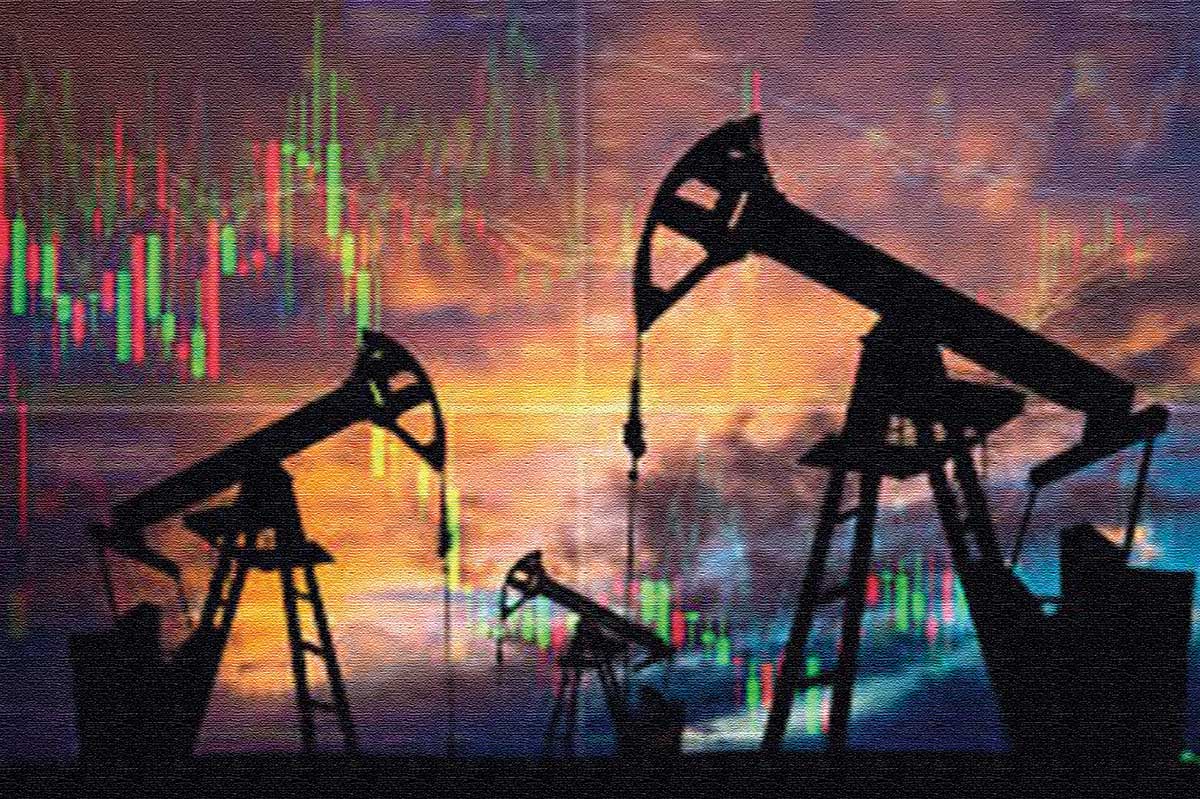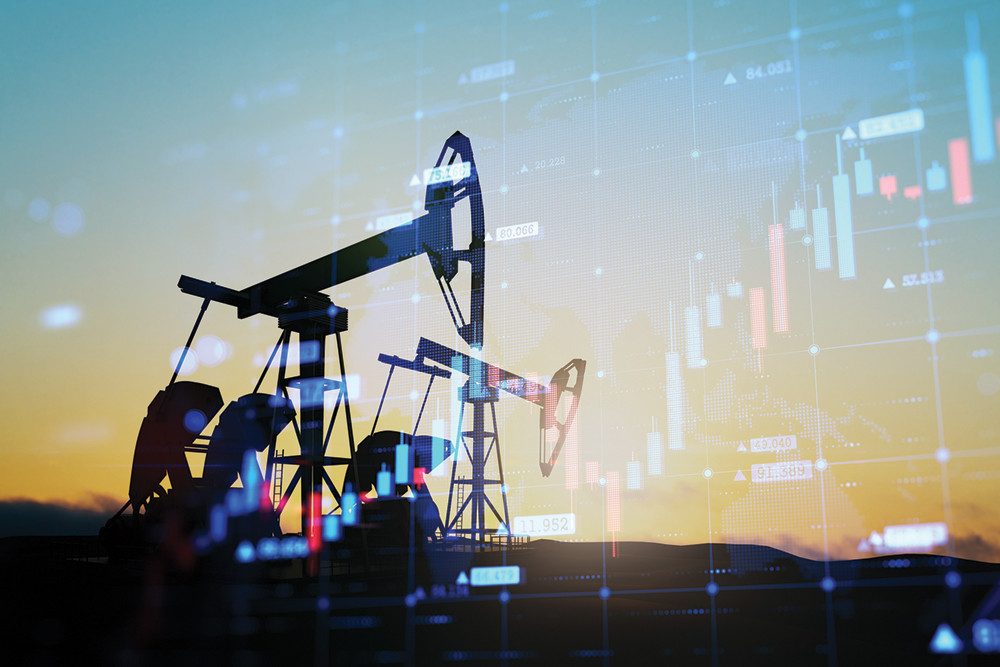
In my earlier article titled New Commodities Supercycle published in April, the concept of a supercycle was dissected with an assumption that we may be entering a commodities supercycle. Fast forward to October and the supercycle’s trajectory appears to be gaining momentum as we enter the last quarter of the year. The various reasons supporting this argument are the unanimous low rates declared across economies and the hawkish outlook on the demand as the global economy emerged from the pandemic; battered and bruised but raring to rise once again. One of the assumptions doing the rounds was that demand would outpace supply after a year in lockdowns and prohibitory orders with consumers having excess to spend coupled with governmental programs on infrastructure and electrification that would lead to price rise for raw materials and equipment.
Price Rise in Commodities
With reference to the IMF’s Global Price Index of All Commodities, prices of the commodity - in aggregate - have shot up since the pandemic caused havoc in the early half of 2020. The increase in the prices of commodities since has so far exceeded the last supercycle of the early 2000’s driven by the emerging markets with China, Brazil, Russia and India at the forefront. The prices continued to rise till 2008 when oil prices reached an all-time high. Monetary support continues to be bullish on the macroeconomic front. The head of central banks around the world has maintained an accommodative stance with the recent example of Chairman Jerome Powell as a glaring example. The opinion across the central banks is that the inflationary pressure which has emerged in certain sections of the economy are transitory. This dictates that there is no pressing need to remove monetary support and initiate increase in the rates. In the US, the Senate managed to pass a $1 trillion infrastructure bill that now requires to be approved by the House of Representatives.Cooling Chinese Demand
China, hailed as the world’s largest buyer of commodities, has projected its outlook as less bullish as per various news sources. The nation’s economic growth is positive but is cooling as compared to the first six months of 2021. Local Covid outbreaks in various parts of the country along with less than expected government spending have attributed to an average economic environment. The government of China has set its sights on the commodity market with more active roles in recent days. To stabilise the prices of certain commodities, the government has intervened to bring composure in the financial markets. This has resulted in incurring dampening effects on the Chinese sensitive commodities including iron ore and copper.Energy Shift
Oil prices have continued their quest into bullish territory from the pandemic lows of 2020 and have breached the $75 per barrel resistance level. At the recent OPEC meeting, members agreed to pump production by 400,000 barrels per day. This news was greeted with mixed response with analysts signaling that this could limit further price gains. However, the lesser commodity in the energy category has garnered more attention. Natural gas prices had recorded the highest price of $6.331 per MMBTU on September 28, the highest since February 2014. The bullish ride was supported by low storage levels, competition for LNG cargoes from Asia, and expensive carbon allowance for emissions. LNG export demand is strong due to bullish international prices driven by low domestic storage levels as the markets will slowly transition into the winter season.Developing Risks
The various elements of a supercycle have remained unchanged; fiscal spending, monetary stimulus and economic rally from the pandemic. Also some risks are developing that may change the course moving forward. The USA is currently running on inflation of 2% above its long-term target. The question arises that whether this inflation will also be temporary. With unforeseen consequences for the global commodity markets, an inflation scare may force the central bank to act differently. However, given all that we’ve been through since the last year, Covid still haunts us with its presence. Although the economic recovery remains on track, a resurgent variant in the form of Delta or an unnamed one can derail economic growth and outlook. We have witnessed a strong rebound in prices of commodities since the lows of last year. However, what makes a supercycle unique is its ability to answer the question of how quickly the prices rise along with how long the price hikes continue. Let time be the answer!
Published Date: October 19, 2021, 12:00 am
Post Comment
E-Magazine
RELATED Commodity Perspective





